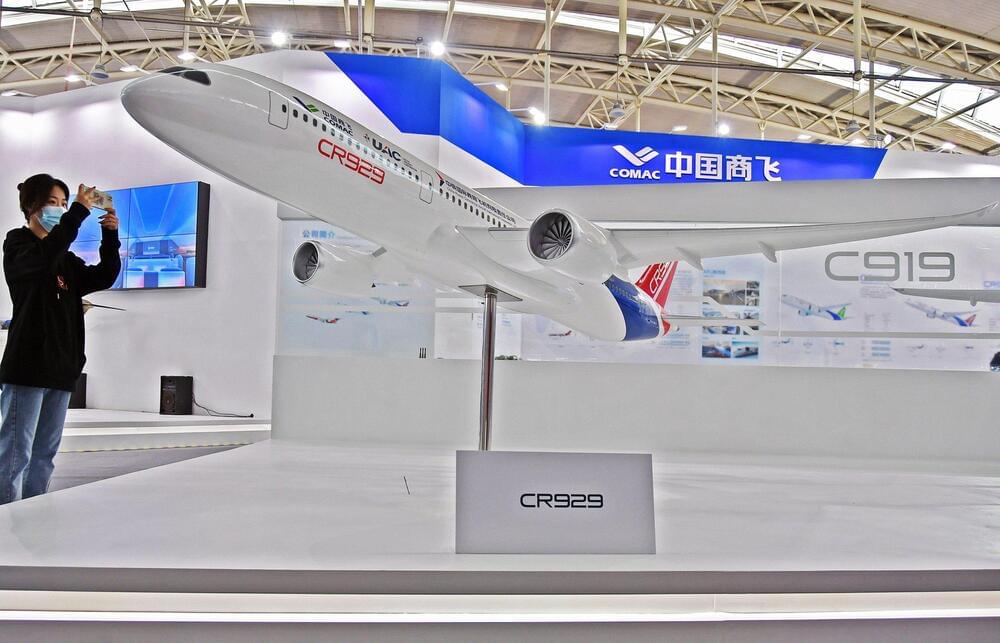Russia calculated that the Chinese side had sufficient financial resources and manufacturing capabilities, compensating for the Russian civil aviation industry’s financial problems. Moreover, the Russian side intended to use its advantage in engine technology to dominate production and thereby enter the huge Chinese civil aviation aircraft market. The Russians thought they had a strong selling point with the Central Aerodynamics Institute, known as TsAGI, which has more than a century of experience. Chinese technicians, however, did not share President Xi’s political calculations, and they did not think highly of Russia’s technological prowess. They believed that the Russian era of developing wide-body aircraft was part of a bygone Soviet legacy and that the real developers had already retired.
But a more fundamental problem is that Beijing’s motivation to cooperate with Russia was one-sided. China had hoped that money would entice Russia to share its engine technology, but Beijing had no intention of sharing its giant market with Moscow. With these conflicting interests from the start, it was only a matter of time before serious troubles began derailing the project.
The Russians originally wanted to use their own IL-96 aircraft as a blueprint for development. The Chinese, on the other hand, insisted on using the Boeing 787,777 and Airbus A350 as benchmarks for the development of jets with a two-aisle cabin layout, a range of 12,000 kilometers and 280 seats.










Comments are closed.